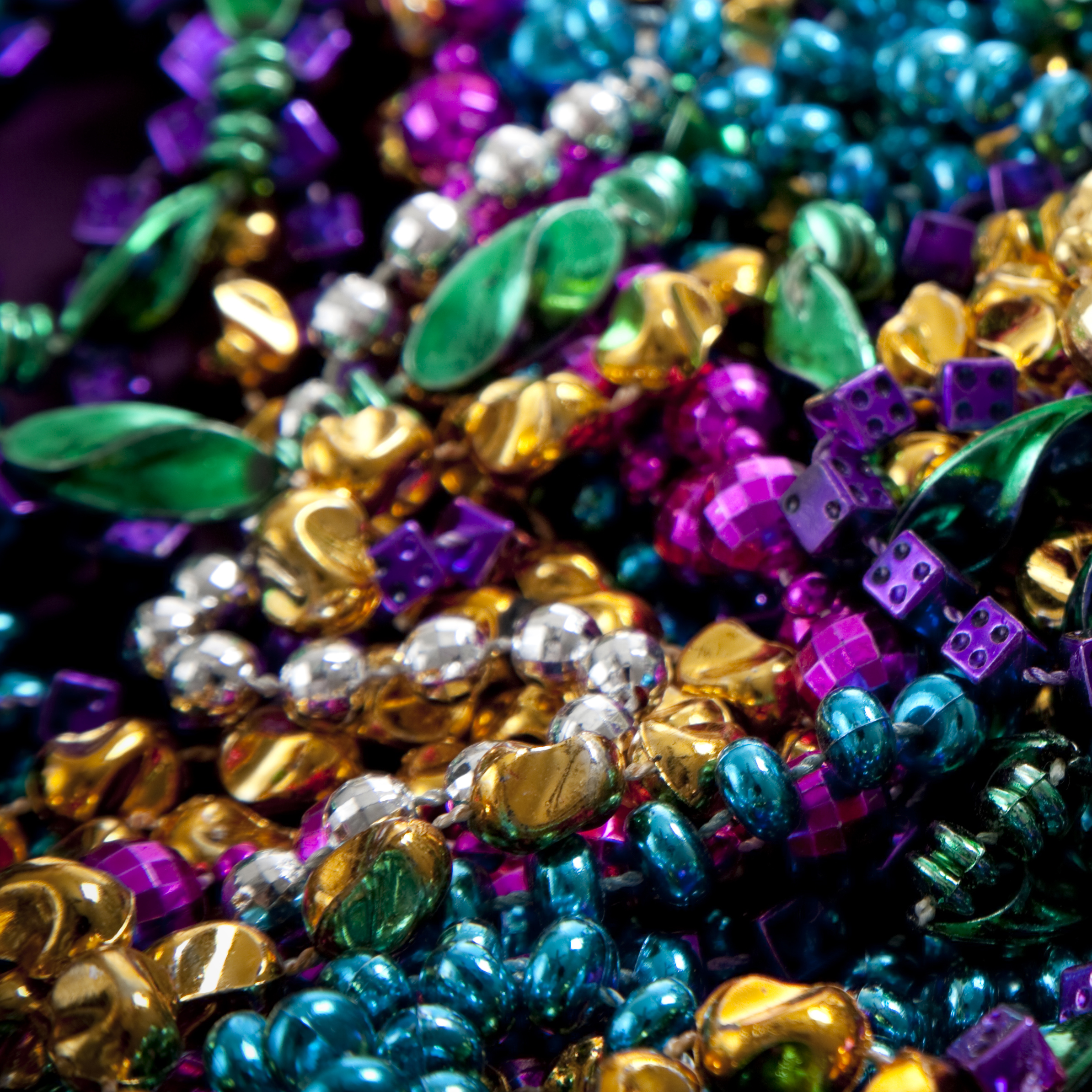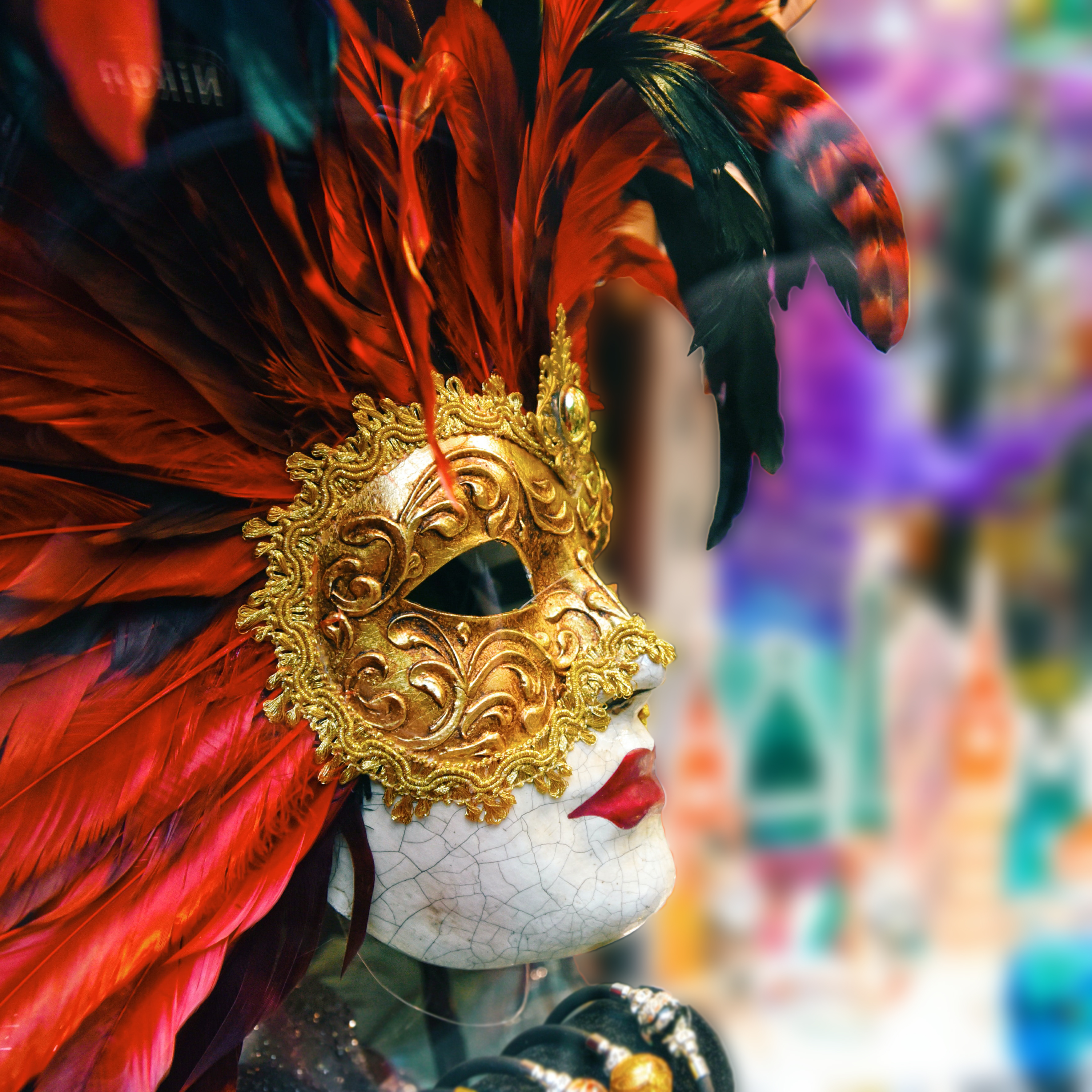
What is Mardi Gras?
The holiday known as Mardi Gras occurs amidst a string of related Christian religious observances. These include:
Carnival - Begins on Epiphany, January 6 (the 12th day of Christmas) and runs through Lent
Mardi Gras - French for “Fat Tuesday,” the day before Ash Wednesday
Ash Wednesday - The first day of Lent
Lent - The 40-day period leading up to Easter
Easter - The Christian celebration of Jesus Christ’s resurrection into Heaven
Mardi Gras is the “big sendoff” of Carnival, a final chance to feast and celebrate before the rigors of Lent.
How Did Mardi Gras Begin?
The Lenten season is a time for reflection and self-sacrifice. This was especially true for early Catholics, who followed strict religious rules for fasting. During Lent, the faithful refrained from eating any meat, animal fats, eggs, milk, cheese and butter.
Since Mardi Gras marked the final day before an extended period of dietary deprivation, people ate and made merry!
Feasting was partly a matter of practicality, enabling households to use up eggs, milk, fresh meat and other items that would soon be denied them, before the food spoiled.
Fat Tuesday has several other names that refer to the upcoming religious fast, including Pancake Day, Shrove Tuesday, Donut Day, Paczki Day and Fastnacht Day.
When is Mardi Gras?
Mardi Gras is always the day before Ash Wednesday - but that date changes every year. That’s because Ash Wednesday occurs 40 days before Easter, which always falls on the first Sunday after the first full moon following the spring equinox (first day of spring).
Festivities may be scheduled throughout the entire Carnival period, but really get into high gear during the week leading up to Fat Tuesday.
Where is Mardi Gras Celebrated?
Mardi Gras has been celebrated in Europe since medieval times. Many places around the world have well-established Carnival and Mardi Gras traditions, including Trinidad, Venice and Rio de Janeiro.
One of the most famous Fat Tuesday celebrations on the globe occurs in New Orleans, Louisiana. The city boasts an exuberant atmosphere that draws thousands of revelers each year.
But even Mardi Gras New Orleans admits that the very first Mardi Gras in America was celebrated in 1699, near what is now Mobile, Alabama. Within a few decades, however, New Orleans became a hub for elegant Mardi Gras balls and, later, elaborate street processions. Mardi Gras has been an official holiday in New Orleans since 1875.
Mardi Gras Traditions

Krewes and Parades
Krewes are the clubs created to organize parades to celebrate Carnival. The Mistick Krewe of Comus hosted the first Mardi Gras parade in New Orleans in 1857. Other famous krewes include Orpheus, Bacchus, Endymion, Zulu and Rex.
Iconic Colors
The official colors of Mardi Gras, purple, green and gold, are linked to heraldry and royalty. Credit for the color scheme goes to the Rex Organization, which held its first parade in 1872. Rex is said to have drawn inspiration from the royal colors of a visiting Russian Grand Duke.

Mardi Gras Beads
Strings of colorful beads are the best-known of the Mardi Gras “throws” that are liberally flung from parade floats. If you go to a parade, wear a costume – or something purple, green or yellow – as an incentive for float riders to toss some treasure your way. Some krewes have “signature” throws specific to their club, including glittered high-heel shoes, beaded goblets and even gold coconuts!
King Cake
This braided oval coffee cake can be found throughout New Orleans between Epiphany and Fat Tuesday. The popular pastries are covered in icing and sprinkled with purple, gold and green sugar. A traditional king cake has a surprise baked inside - a tiny figure of the baby Jesus (the king). It’s considered good luck to be served the piece with the baby. Some customs name the finder “king for the day.”

Masks and Costumes
Masks are integral to many social and religious celebrations, but probably none are as iconic as the Carnival mask. Traditionally, masks were a way to hide not only one’s identity, but one’s class. People could mingle freely, unbothered by social structures. Wearing masks and costumes is encouraged on Mardi Gras – the more elaborate, the better! In fact, New Orleans law states that all Mardi Gras float riders must be masked.
Attending Mardi Gras is a bucket-list experience for many, but you don’t have to travel to celebrate Fat Tuesday. Grab a donut and shiny beads, turn on some great New Orleans jazz and let the good times roll!